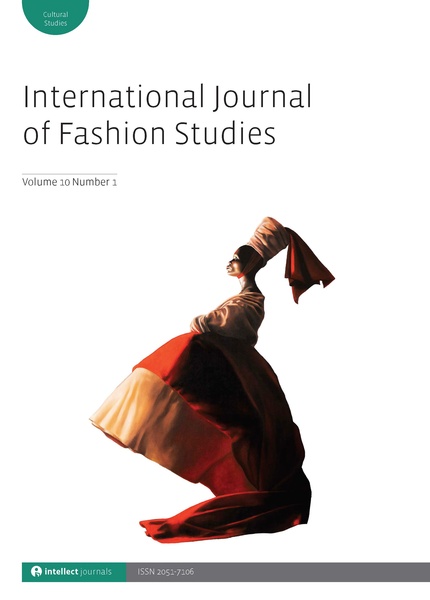
Full text loading...

This article examines the evolution of trend forecasting and its challenges in complex and fast-paced changing times. This qualitative and exploratory study consisted of nine in-depth interviews with trend forecasting experts and a supportive literature review that contextualizes this research and illuminates the gaps that could benefit from primary qualitative data. The research question that guides this work is: what are the current challenges and changes in fashion forecasting? The findings show that trend forecasting is facing crucial challenges regarding three main areas: (1) the acceleration of change and the chaotic pulverization of information, (2) the complexity of cultural information versus the elitist and exclusive approach to the practice, (3) the intersection between technology and human skills in trend analysis. It concludes that trend forecasting is faulty in dealing with the complexity of more diverse, multidirectional and nonconformist contemporary societies since it works as a tool to conform, compress, flatten and simplify information to guide the industry rather than to communicate the complexity of cultural shifts in all their possibilities, nuances and details.

Article metrics loading...

Full text loading...
References


Data & Media loading...

Publication Date:
https://doi.org/10.1386/infs_00086_1 Published content will be available immediately after check-out or when it is released in case of a pre-order. Please make sure to be logged in to see all available purchase options.